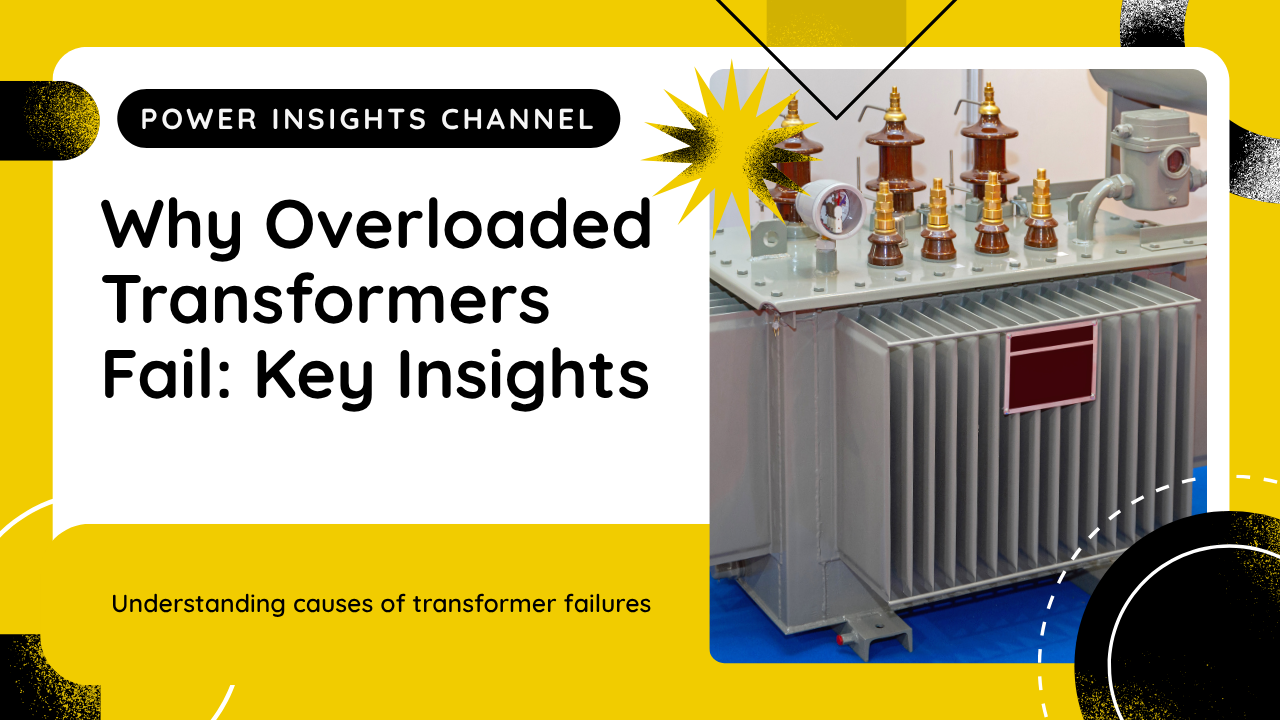

No transformer fails without a reason. But when failure ties back to overloading, it rarely looks dramatic at first.
The signs build slowly—hotter oil, louder hums, or more frequent trips.
Left alone, these small shifts chip away at reliability.
You may have seen it yourself. What starts as a temporary load spike ends up shortening the unit’s entire lifespan.
Here’s where that failure actually begins.
Extra current always brings extra heat. Even a mild overload raises the winding temperature beyond its intended limit.
Over time, insulation hardens, cracks, and loses its ability to hold. That’s where winding faults take root. And because heat buildup happens unevenly inside the core, some parts degrade long before others do.
This creates the kind of hidden weakness that only shows up when it’s already too late. A reliable transformer manufacturing company ensures robust design to minimize such thermal stresses.
Once oil gets pushed too hard, its chemical stability starts slipping. You might not see a leak or a fault on the outside, but the fluid darkens, thickens, and begins losing its ability to cool.
That sets off a feedback loop: warmer oil leads to warmer parts, which then stress the oil even further.
Some teams flush and refill, but if the damage runs deeper, cooling upgrades might need to happen too.
Tap changers and bushings deal with every amp that flows in and out. Under overload conditions, they carry more heat and more stress than they were rated for.
Contact points wear faster. Connections loosen or shift under thermal expansion.
Failures in these parts often trigger the most visible shutdowns, but the real issue usually started much earlier, with prolonged overload conditions pushing every joint harder than expected.
The core hums under normal load. That’s expected. But overload causes mechanical strain on the laminations, clamps, and mounting points.
What used to be quiet starts to sound sharper or louder. This change often signals internal movement or loosening—an early sign that mechanical parts are beginning to shift in response to repeated thermal cycling and stress.